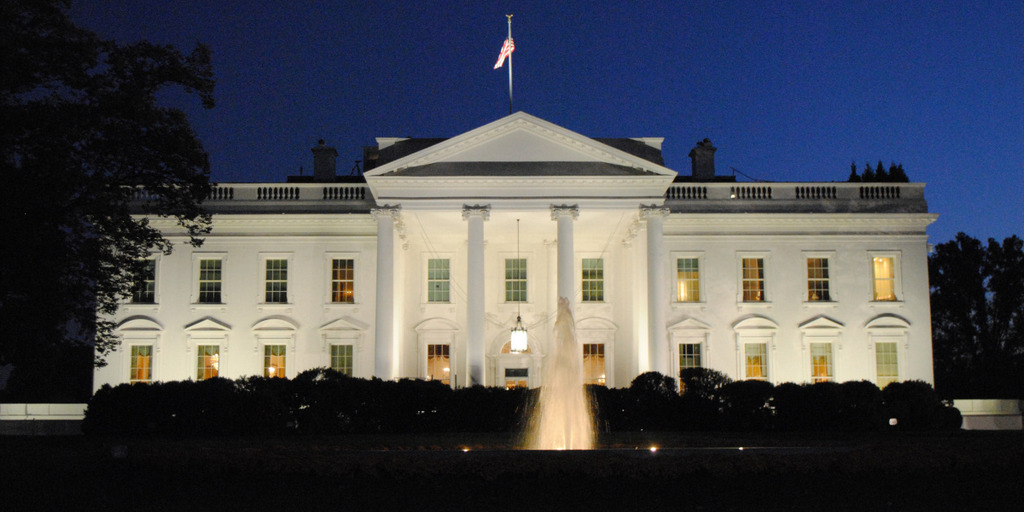Early in the night, there was an inkling that things might be different. Former Vice President Biden had multiple paths to 270 electoral votes, and had his eye on prizes that have enticed but eluded Democrats for many election cycles, including victories in Texas and Florida. There was similar optimism that Democrats could swing four Senate seats to retake control of that chamber. Neither outcome came to fruition as incremental gains in Texas proved insufficient, the Cuban-American vote in Florida tipped the balance to Trump in the Sunshine State, and Senators in South Carolina, Iowa and Alabama rode the President’s coattails to prevail in toss-up races.
But not all was lost for the Democrats. A coveted Arizona victory in both the Senate and presidential races solidified Democratic gains in the state in recent years and demonstrated the party’s appeal with Latino voters, which was reinforced a short time later with Biden’s performance in neighboring Nevada. And though the evening was a roller coaster ride for many, Democrats can take comfort in knowing that winning the White House remains in reach. The COVID-19 pandemic drove millions of Americans to cast their ballots via mail in the 2020 election, and each state has determined the timing and pace of how those votes will be counted. In the pivotal states of Wisconsin, Michigan and Pennsylvania, there remain millions of outstanding votes that will ultimately decide the fate of this election, despite any claim to the contrary. The trend across the country indicated that Biden had a significant advantage in mail-in ballots, while Trump voters dominated in-person voting on Election Day. If that trend holds true, there may be enough mail-in votes to hand the White House to the Democrats, but the incumbent president has signaled that he won’t allow that to happen without a fight.



